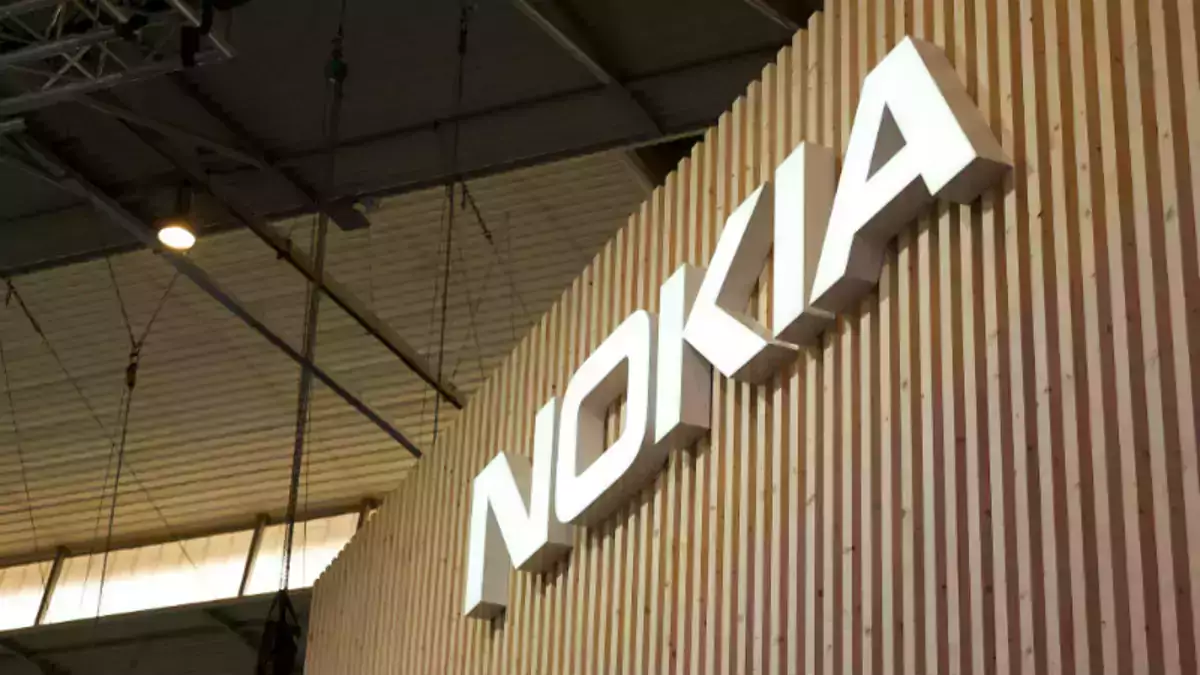Nokia and CityFibre have successfully trialled the UK’s first 25G PON network to support 5G transport. The digital campus testbed was set up at the University of Glasgow with three 5G sites backhauled to the core.
In addition to carrying 5G transport on 25G PON, the same fiber runs XGS-PON to carry office traffic, thereby demonstrating co-existence of multiple wavelengths on the PON.
The University of Glasgow is using the long-term testbed, funded by the Scotland 5G Centre, to explore business cases for enterprises to exploit and adopt 5G.
The successful test, carried out on 18th November, used the network for a series of simulations including a holographic call between campus buildings, teleoperation of a robotic arm and 8K video streaming.
Professor Muhammad Imran, Professor of Communication Systems and Director, Communications Sensing and Imaging Group, University of Glasgow, said:
“Backhaul connectivity is the real backbone of 5G networks and could be a bottleneck for achieving high end-to-end performance if not well designed to meet demands.
In partnership with Nokia and CityFibre, we have demonstrated on our 5G testbed how Nokia’s next-generation 25G PON transport solution can improve 5G user experience by supporting 3D telepresence and remote robotic control use cases.”
Nokia’s 25G PON solution utilizes the world’s first implementation of 25G PON technology and includes Lightspan and ISAM access nodes, Quillion based Multi-PON line cards and fiber modems.
Dependent on the optics chosen, 25G PON supports symmetrical bitrates (25Gb/s in downstream and 25G in upstream) and asymmetrical bitrates (25/10).
Matt Yarwood, Network Architect at CityFibre, said:
“Nokia and the University of Glasgow 5G Centre have demonstrated the ease at which CityFibre’s Full Fibre passive optical networks can scale and evolve to meet tomorrow’s technology requirements. This better-by-design approach to digital infrastructure means we can accommodate the low latency backhaul requirements of 4G & 5G mobile operators and enable the development of new and exciting high-bandwidth applications.”
Usually located in telecom central offices, Nokia’s high-capacity access nodes are deployed for massive scale fibre roll-outs. They connect thousands of users via optical fibre, aggregate their broadband traffic and send it deeper in the network.
The fibre access nodes can support multiple fibre technologies including GPON, XGS-PON, 25G PON and Point-to-Point Ethernet to deliver a wide range of services with the best fit technology.
Nokia ONT (Optical Network Termination) devices, or fibre modems, are located at the user location. They terminate the optical fibre connection and delivers broadband services within the user premises or cell sites.
Phil Siveter, CEO Nokia UK, said:
“This trial has been hugely encouraging. 25G PON will be a game-changer with mission-critical 5G networks increasingly requiring more redundancy. And it’s proven it can be run on exactly the same fiber running XGS-PON traffic.”



